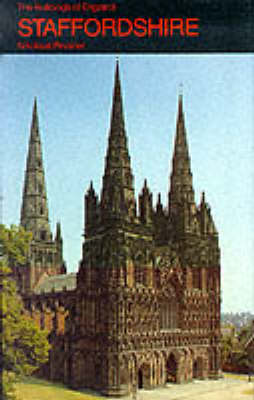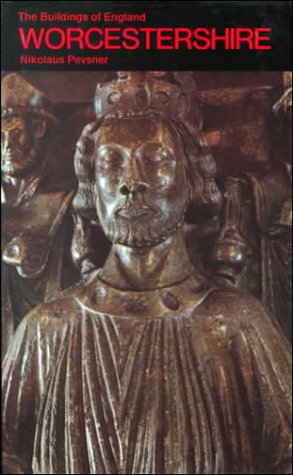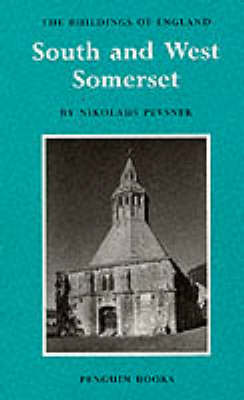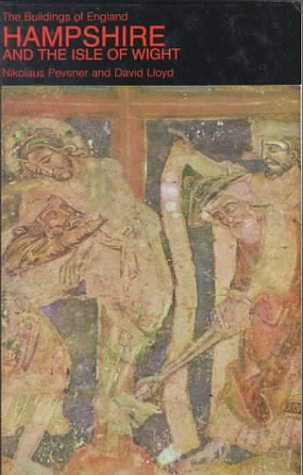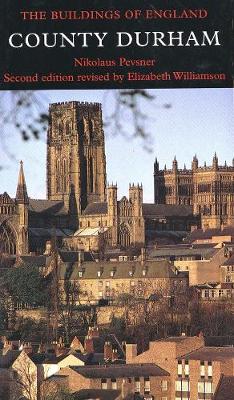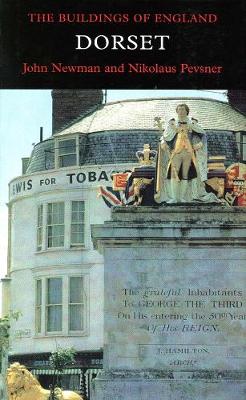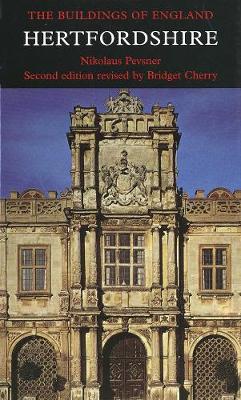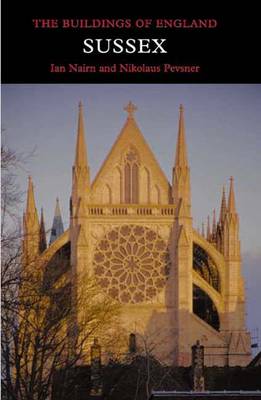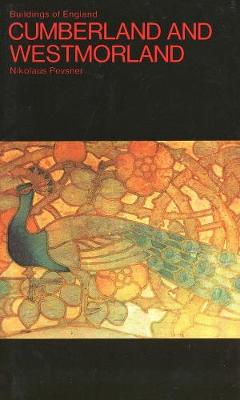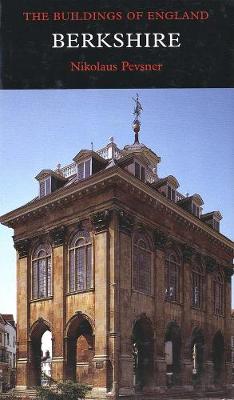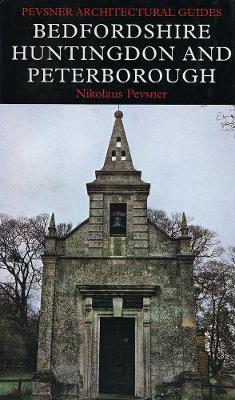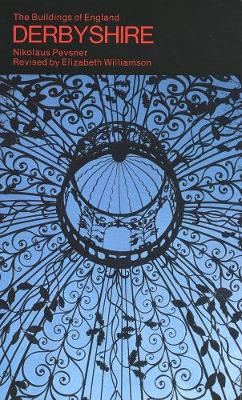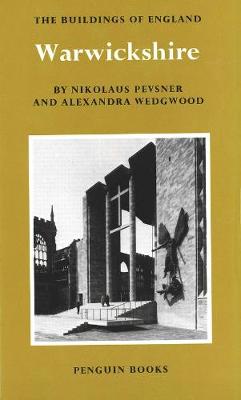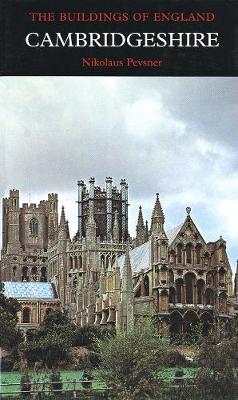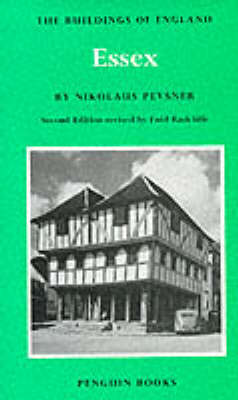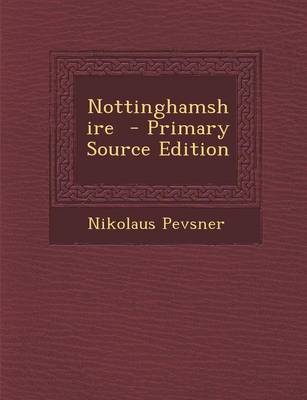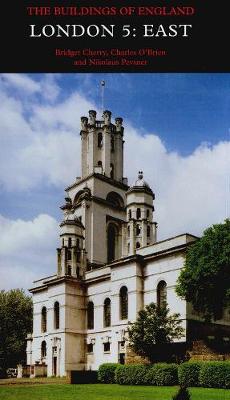Pevsner Architectural Guides: Buildings of England
69 total works
Warwickshire, Revised and Enlarged
by Nikolaus Pevsner and Alexandra Wedgwood
Publication of this book, one of six devoted to the buildings of London, marks the completion of the long-awaited revision of the original Pevsner guides and brings the account of the capital's buildings entirely up to date.
This fascinating volume provides a historical introduction to a uniquely diverse area as well as a detailed gazetteer of individual buildings. Along the Thames, relics of a powerful industrial and maritime past remain, and in the East End, Hawksmoor's Baroque churches still tower over Georgian houses. The contributions of generations of immigrants are reflected in places of worship and cultural centers, while a century of social housing has produced architecture now of historic interest. Further out, medieval churches and country mansions stand among the suburban streets and proud civic buildings.

